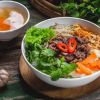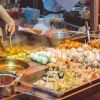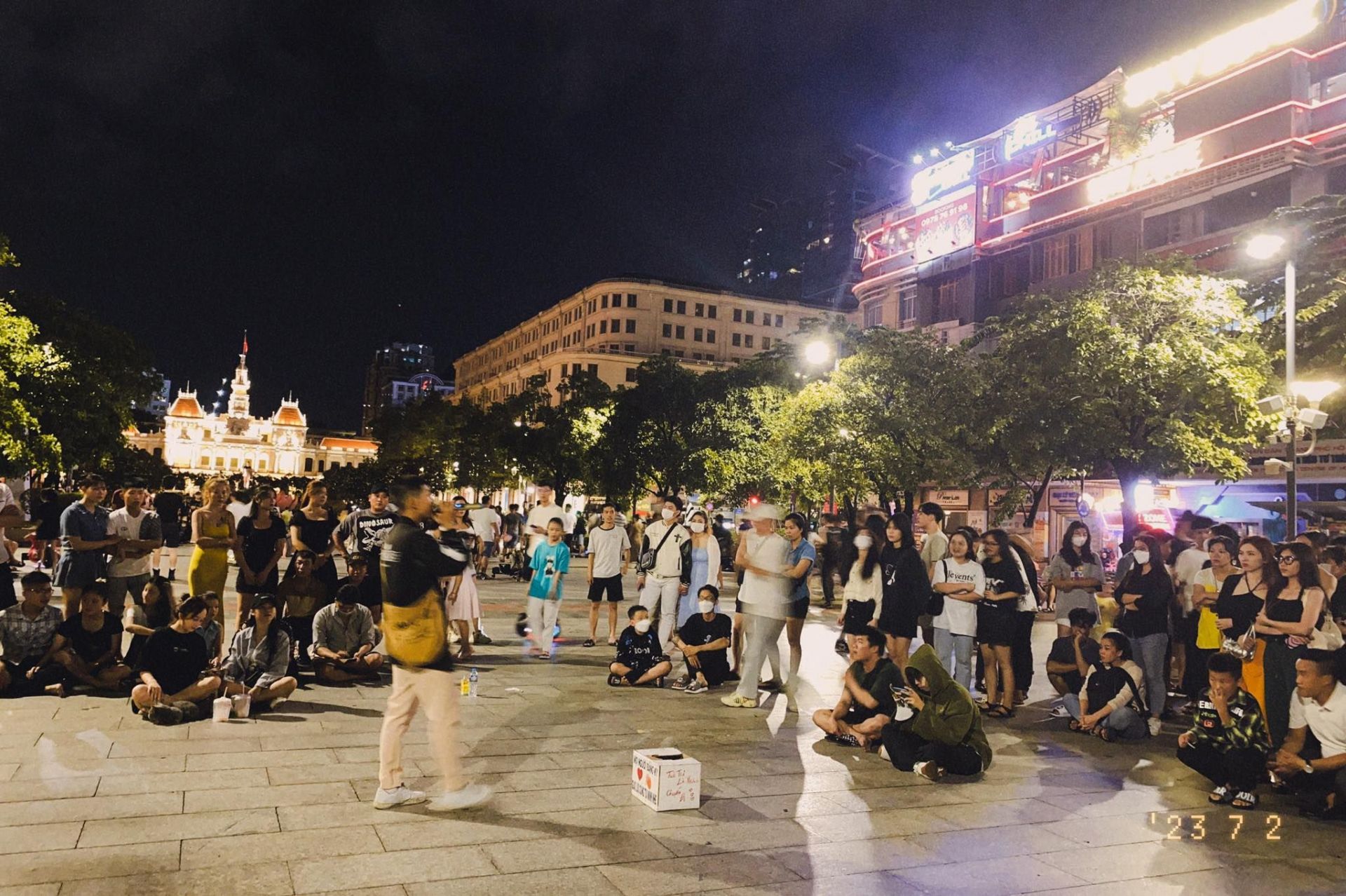
In the following section, we will delve into the must-visit tourist destinations of Central and South Vietnam, unravelling the hidden gems that await exploration. These regions offer an abundance of remarkable sights and experiences that will leave a lasting impression on any visitor.
Whether you're seeking the tranquility of serene river regions or the excitement of bustling cities, Central and South Vietnam have it all. From the ancient town of Hoi An, with its enchanting blend of traditional and colonial architecture, to the vibrant city of Ho Chi Minh, known for its lively atmosphere and historical landmarks, these regions provide an incredible range of attractions.
Additionally, Central and South Vietnam boast pristine beaches that stretch for miles, inviting visitors to relax and soak up the sun. The coastal city of Nha Trang and the stunning islands of Phu Quoc and Con Dao are among the must-visit destinations for beach lovers.
As you plan your trip to Vietnam, this post serves as a valuable reference, providing insights into the captivating destinations that await you. Prepare to be mesmerized by the natural beauty, rich history, and warm hospitality that make Vietnam a truly unforgettable travel destination.
1. NHA TRANG
When you visit Nha Trang for beach tourism, you will immediately be captivated by the enchanting beauty of its natural scenery. It comes as no surprise that travelers from afar have bestowed upon Nha Trang the title of a sea tourism paradise. Not only is it renowned for its captivating landscapes, but Nha Trang is also recognized as one of the world's most beautiful bays. Spanning an expansive area of 507 km2, it boasts 19 large and small islands scattered along the city's length, including Hon Tre, Hon Tam, Hon Chong-WWW, Noc Island, and more. These breathtaking sights never fail to mesmerize and excite tourists.
When observed from above, Nha Trang beach gracefully curves like a silver crescent, embracing the shimmering blue bay like a precious jewel. The long coastline stretches alongside Tran Phu Street, which is hailed as Vietnam's most beautiful seaside road. Along the shore, fluffy clouds float in the sky, while lush coconut trees and green casuarina trees sway in the gentle breeze, creating a harmonious melody that pays homage to the beauty of the sea and sky.
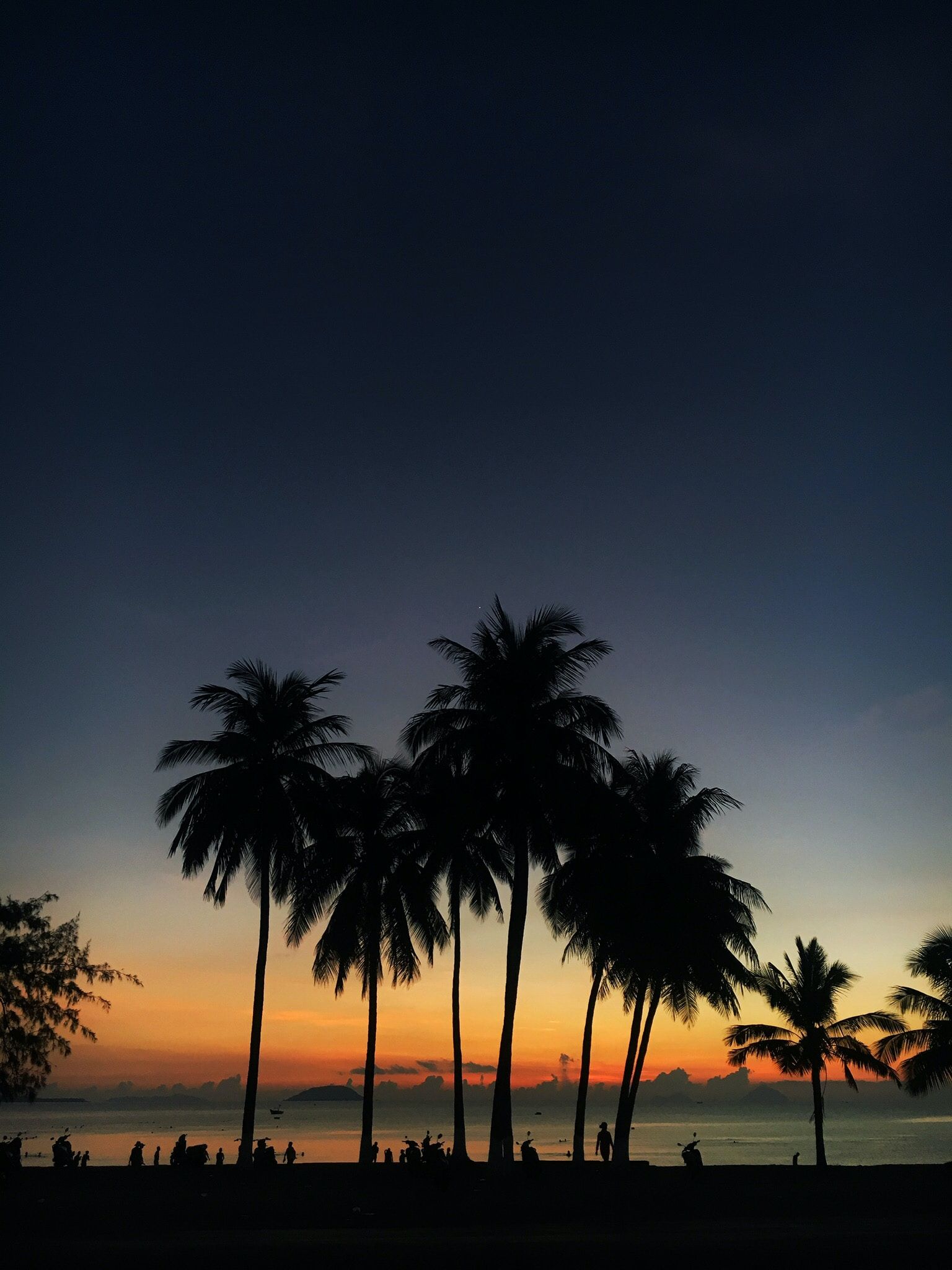
Nha Trang's beach tourism is not only renowned for its captivating landscapes but also for its rich culinary heritage. The cuisine of Nha Trang offers a delightful range of dishes, from rustic favorites like fish vermicelli, banh can, banh chung, and banh xeo to the freshest seafood, including bird's nest and Ninh Hoa grilled spring rolls. Among the rustic dishes, Nha Trang is particularly famous for its fish noodles, known as banh canh. Unlike any other in the country, the broth is infused with the sweetness of fish and combined with cake flour to create an unforgettable taste. Without a doubt, Nha Trang is considered a seafood haven, boasting diverse and abundant marine delicacies with countless types of seafood and culinary creations. One delicacy worth mentioning is the sea urchin, which can be savored raw with mustard greens.
Nha Trang beach town emanates a gentle and beautiful charm, while its people are known for their sincerity and amiability. The locals of Khanh Hoa possess a liberal yet unassuming personality, reflecting the characteristics of the sea that envelops their province with its gentle breezes and tranquil waves. These qualities contribute to the genuine, friendly, hospitable, and industrious nature of the people of Khanh Hoa, particularly those hailing from Nha Trang. It is certain that the memories of Nha Trang will linger long after you leave. With its harmonious blend of forests and the sea, Nha Trang stands as an alluring and vibrant destination that creates lasting impressions in the hearts of its visitors.
2. HO CHI MINH CITY
Ho Chi Minh City has made a lasting impression as the largest, busiest, and most dynamic city in the country. The streets are illuminated with bright lights, and activities and entertainment continue late into the night. The bustling traffic seems never-ending, while a variety of colorful shops contribute to the city's reputation as a "shopping paradise."
Beyond the excitement lies a harmonious and liberal way of life, blending long-standing customs and traditions of a culture that has adapted to the river delta's land reclamation, intersecting with regional and Western influences.
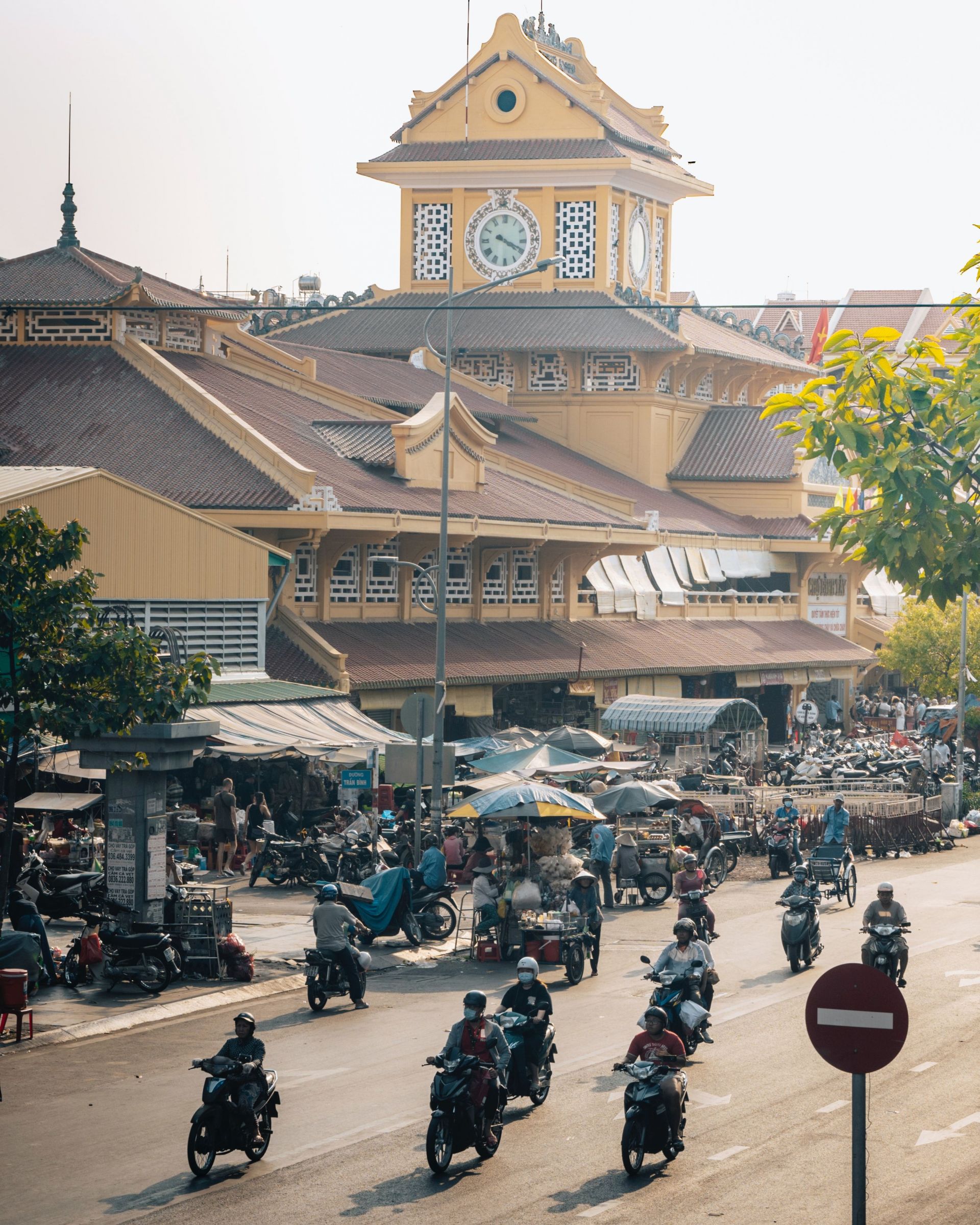
The city boasts numerous pagodas and communal houses that pay homage to the country's heroes and sages who have played a significant role in shaping the world. These sacred places remain open throughout the year. The city also treasures and preserves the remnants of its liberation and historical milestones. In addition to official festivals, the locals organize traditional festivals such as the Nghinh Ong Festival, Ancestral Death Day, Doctor's Day, Teacher's Day, Gratitude Day, and Women's Day, following the tradition of "drinking water, remembering the source."
The architecture of Ho Chi Minh City, the ancient Pearl of the Far East, is both preserved and embellished, becoming a fascinating attraction. Modern structures inspired by Vietnamese traditional architecture coexist with the city's historical buildings. Visitors will be amazed by the boulevards adorned with centuries-old trees, expansive parks with vibrant flowers, and tranquil villas. Apart from the modern developments in the city center, guests can explore Cho Lon, the vibrant Chinese district with its bustling old quarters, commercial activities, and bustling night markets.
As the country's premier tourist center and gateway, Ho Chi Minh City offers a well-developed system of tourism facilities and services, including entertainment venues, hotels, and restaurants. The city enjoys a pleasant climate, with moderate temperatures and brief rainfall, making it an attractive destination throughout the year.
The city's residents, known for their friendliness and generosity, eagerly welcome visitors from all corners of the globe.
With an impressive collection of 11 museums, Ho Chi Minh City surpasses other provinces and cities in terms of museum offerings. The exhibits provide rich insights into local history, culture, as well as the South, the country, and the Southeast Asia region, offering a wealth of intriguing knowledge.
Over 1,000 pagodas, communal houses, temples, and shrines, built across different eras, are cherished cultural, architectural, and artistic treasures. Visitors will encounter distinctive Southern Buddhist temples and ancient communal houses with ties to the region's land reclamation history. Additionally, the city is home to the largest and most beautiful "renovation" pagodas in the country, blending modern and traditional temple architecture seamlessly. With a significant population of Chinese residents, Ho Chi Minh City also boasts the country's largest number of Chinese pagodas. The architecture is diverse and rich, and many pagodas have been recognized as historical and cultural relics of the city and the nation.
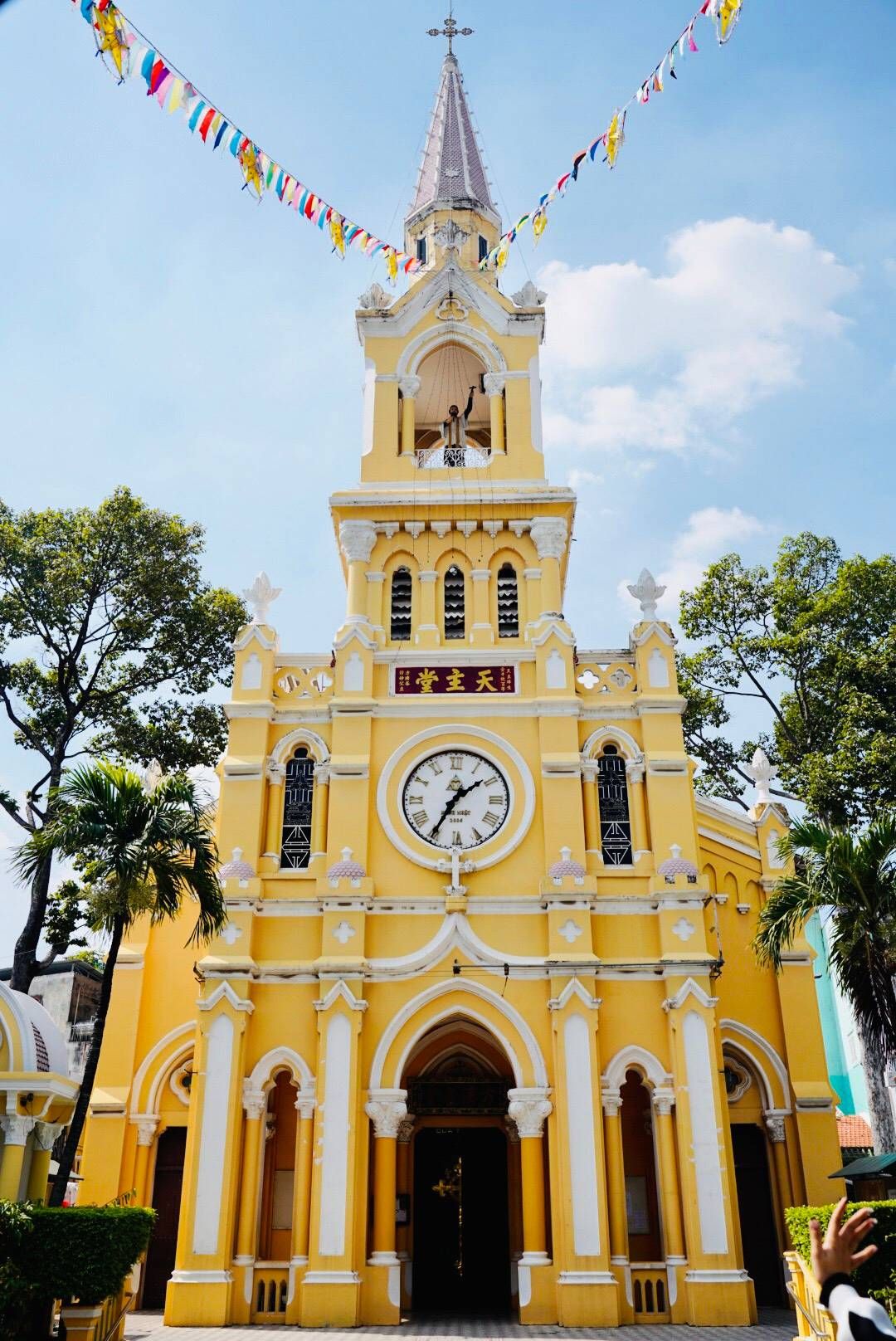
The city's French colonial legacy is evident through its numerous beautiful and diverse architectural works. Few cities in Southeast Asia rival Saigon and Ho Chi Minh City in terms of architectural variety, schools, and Western art styles. The City People's Committee headquarters showcases the Third Republic of France style, while the State Bank reflects the Art Nouveau movement. The Children's House features Neoclassical elements, and the Dragon House exhibits Indochinese influences. Other notable structures include the Post Office with Zhejiang school design and Notre Dame Church showcasing Roman art, as well as Huyen Si Church in Neo-Gothic style. The city's contemporary architecture, vibrant and diverse, enhances its visual appeal with several buildings of exceptional aesthetic value.
However, the most remarkable tourist attraction in the city remains the Cu Chi Tunnels, an extraordinary piece of military history and a testament to the iron will and intelligence of the city's army and people during the resistance war against America. Equally famous is the Can Gio mangrove forest, known for its battles to thwart enemy ships at the Saigon River estuary. Today, it has transformed into an outstanding eco-tourism destination with its endless expanse of lush green mangrove forests.
For those seeking to explore the local culture, cuisine, and lifestyle, but with limited time, Saigonwalks is the ideal choice. Our carefully designed tour programs aim to offer unique and eco-friendly travel experiences for both domestic and international tourists. We are committed to providing visitors with an authentic taste of Ho Chi Minh City and Vietnam while minimizing our carbon footprint.
Website: https://saigonwalks.com/
Facebook: https://www.facebook.com/SaigonWalks
WhatsApp: 034.448.9674
3. CAN THO
Can Tho holds the distinction of being the capital and central urban area of the Southwest region. Positioned approximately 169km from Saigon, it has evolved into the primary economic hub of the Mekong Delta. The city is celebrated for its alluring and diverse attractions. Boasting a population of three main ethnic groups—Khmer, Kinh, and Hoa—Can Tho enchants tourists not only with its breathtaking landscapes but also with the humble and idyllic lifestyle of its riverside communities. Foreign visitors, in particular, are captivated by the genuine beauty and warm hospitality of the locals, leading to the rapid development of Can Tho's tourist areas, attracting a growing number of domestic and international travelers.
The harmonious coexistence of the three distinct ethnic groups in Can Tho has fostered a rich tapestry of festivals, contributing to the region's vibrant and diverse cultural fabric.
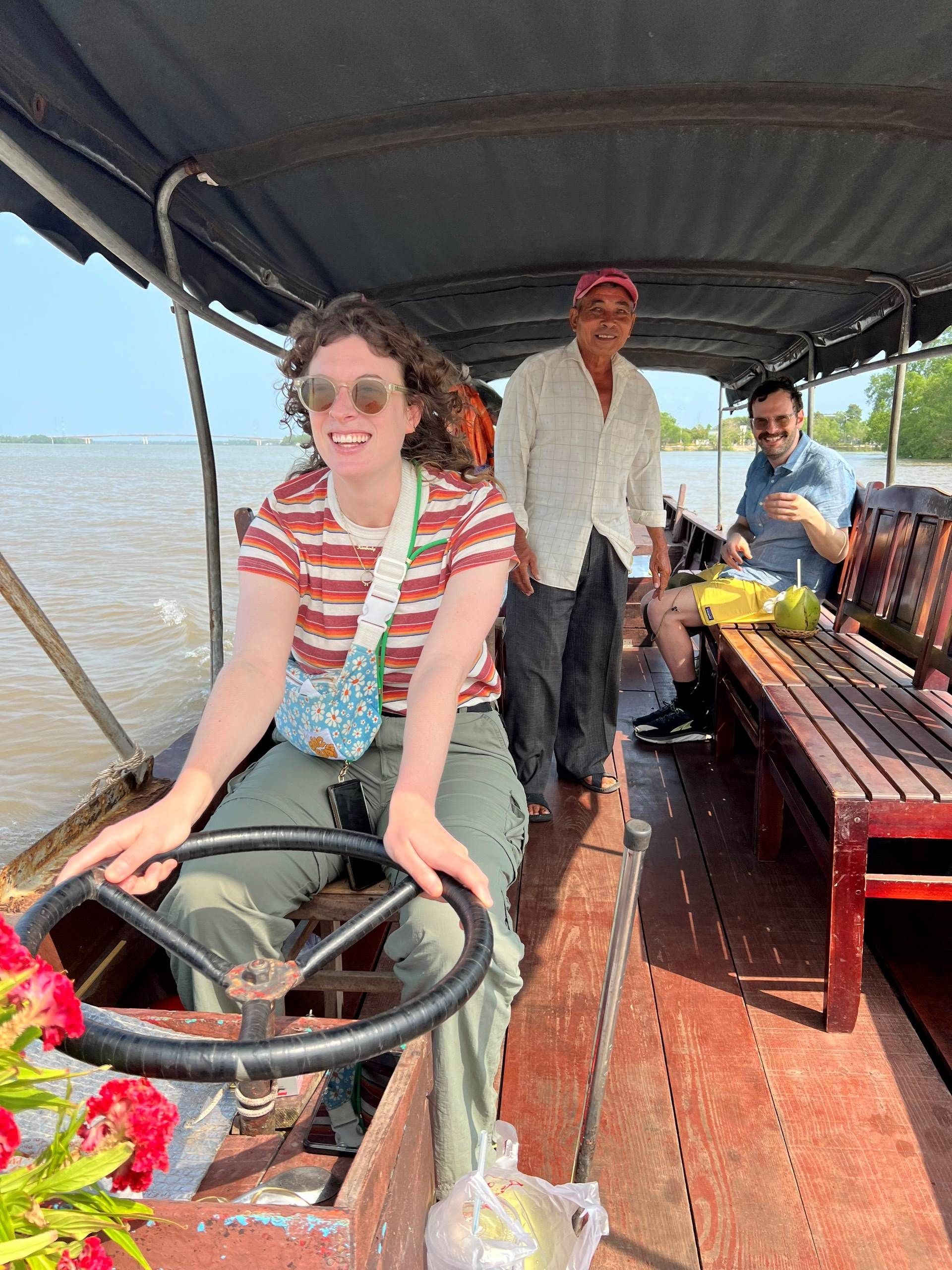
Among the city's remarkable highlights, the Cai Rang floating market shines as a truly unique attraction. Situated a mere 6 kilometers from the city center, this market showcases the distinctive charm of the Western river region. Visitors are treated to an unforgettable experience immersed in the lively and bustling atmosphere of the floating market.
For those looking to explore the wonders of the Mekong Delta, Innoviet stands out as the premier choice. Their carefully crafted tours offer an immersive glimpse into the local way of life, providing opportunities to participate in cooking classes and engage with the indigenous people. Discover the distinctive cultural features and hear captivating stories directly from the locals themselves. Additionally, Innoviet showcases exceptional craftsmanship in their craft villages and offers high-quality products, adding to the allure of the experience.
Website: https://innoviet.com/
Facebook:https://www.facebook.com/innoviet
WhatsApp: (+84) 83 439 1331
To enhance your travel experience, kindly refer to our blog and join our Saigon cultural walking tours for a well-planned trip









